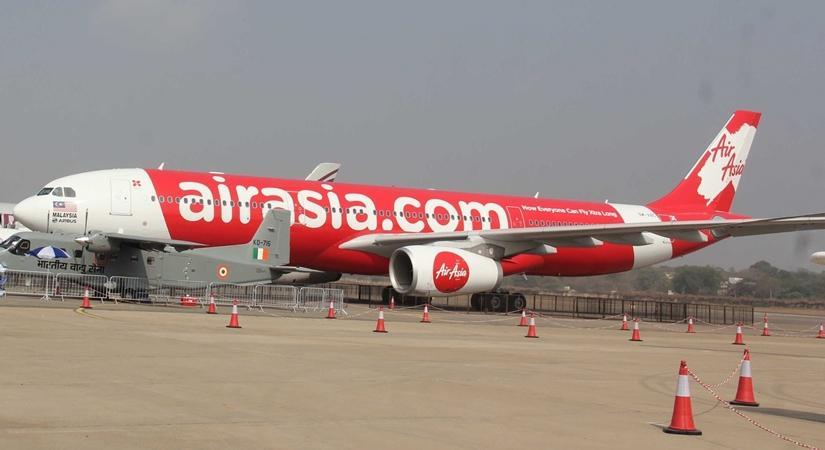
Route Cleared For Smooth Flight Of Sustainable Aviation Fuel, Cleaner Sky
First the Indian one -- the AirAsia India flight i5-767 from Pune to New Delhi on May 19, 2023.
So what was historic about it?
It was the first Indian flight to be powered by a blend of indigenous Sustainable Aviation Fuel (SAF) supplied by Indian Oil Corporation Ltd (IOCL) in partnership with Praj Industries Ltd.
Praj sourced the SAF in partnership with Gevo Inc, which developed the Alcohol-to-Jet (ATJ) technology for the production of SAF using bio-based feedstock.
The samples produced at its research and development (R&D) facility, Praj Matrix, were tested by IOC before they were blended -- up to 1 per cent with the traditional aviation turbine fuel -- for the historic flight.
Recently Virgin Atlantic's Boeing 787 flight London to New York became the world's first 100 per cent SAF-powered flight. The flight demonstrated SAF as safe fuel and a substitute for fossil fuel.
Be that as it may, India's Minister for Petroleum & Natural Gas and Housing & Urban Affairs, Hardeep Singh Puri on the AirAsia India's flight said:“By 2025, if we target to blend 1% SAF blending in Jet fuel, India would require around 14 crore litre of SAF/annum. More ambitiously, if we target for 5% SAF blend, India requires around 70 crore litre of SAF/ annum.”
According to Puri, SAF is produced from renewable sources such as agricultural waste, municipal solid waste, and forestry residues and has the potential to reduce greenhouse gas emissions by up to 80% compared to conventional jet fuel.
Puri said the Indian aviation sector consumes around 8 million tonnes of aviation turbine fuel and emitted around 20 million tons of GHGs in 2019 (pre-COVID).
“India has feedstock for potential production of 19 to 24 million tonnes of SAF per year, whereas the estimated maximum requirement of SAF in India, considering 50% blend, is around 8 to 10 million tons per year by 2030,” Puri said.
According to him, as little as 1% SAF blending, more than 5 lakh farmers can benefit because of the supply of sugarcane as feedstock. Additionally, more than 1 lakh green jobs will be generated.
Global aviation is currently responsible for about 3% of total global GHG emissions. If the emission remains unchecked, it could be responsible for 22% of GHG emissions by 2050.
The International Civil Aviation Organization (ICAO) has released Carbon Offsetting and Reduction Scheme for International Aviation (CORSIA) regulations that have defined a target of reducing CO2 emissions from the aviation sector by 50% by 2050. An alternative to the current use of fossil fuels is to use SAF that can result in greater greenhouse gas (GHG) savings, said Praj.
Praj joining hands with Indian Oil Corporation is setting up a commercial SAF plant at the latter's Panipat plant with rice straw as the feedstock.
However there is no mandatory stipulation as to the use of blended aviation fuel.
--IANS
vj/uk

Legal Disclaimer:
MENAFN provides the
information “as is” without warranty of any kind. We do not accept
any responsibility or liability for the accuracy, content, images,
videos, licenses, completeness, legality, or reliability of the information
contained in this article. If you have any complaints or copyright
issues related to this article, kindly contact the provider above.


















Comments
No comment